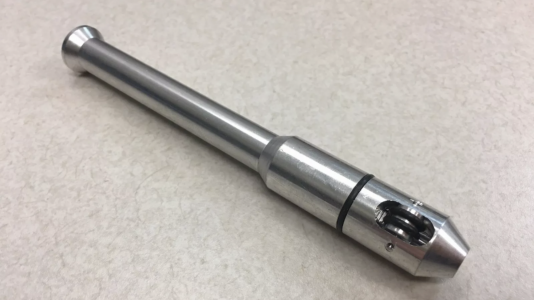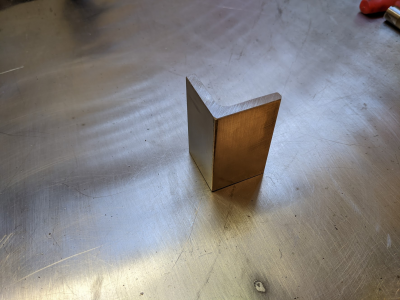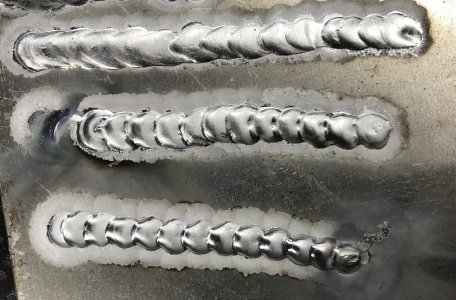- Joined
- Jan 7, 2016
- Messages
- 3,379
Oh, one other thing DaveR8..
Please wear a jacket that covers your neck when you TIG weld. TIG welding emits significantly more radiation than other forms of welding. I have burnt my neck/upper chest area too many times until I finally bought a welding jacket. One of the best $30 I have spent.
Revco BSX Royal Blue welding jacket
I have the Lincoln 3350 and it works well. Optrel would be awesome but I found my Lincoln on eBay new for $100. Some random liquidator had it.
Please wear a jacket that covers your neck when you TIG weld. TIG welding emits significantly more radiation than other forms of welding. I have burnt my neck/upper chest area too many times until I finally bought a welding jacket. One of the best $30 I have spent.
Revco BSX Royal Blue welding jacket
I have the Lincoln 3350 and it works well. Optrel would be awesome but I found my Lincoln on eBay new for $100. Some random liquidator had it.




